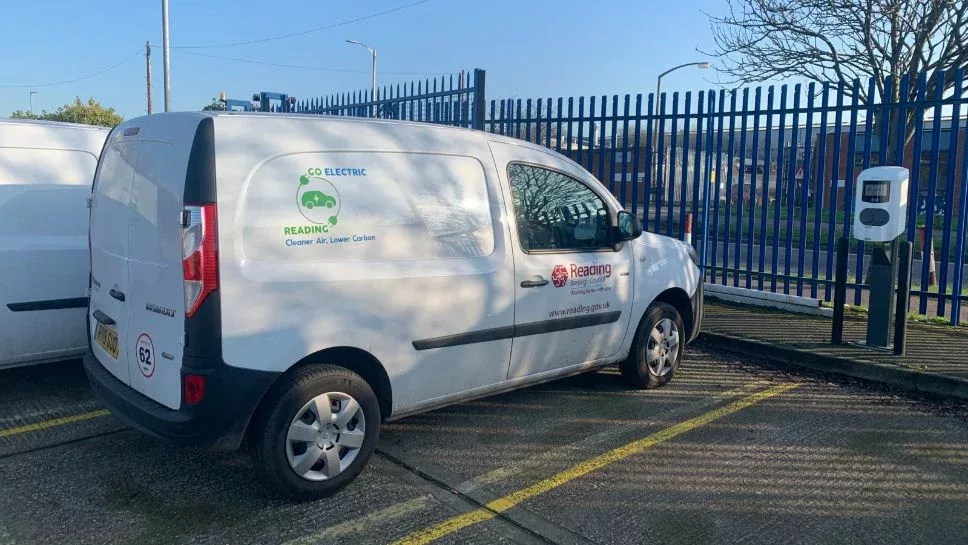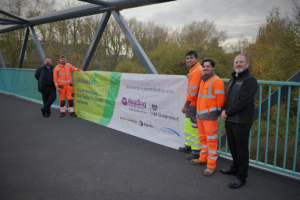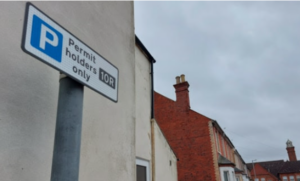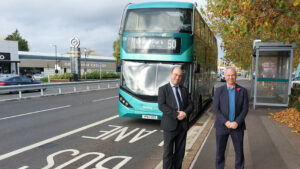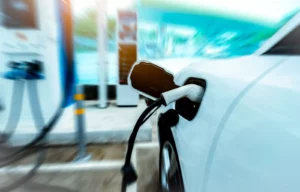Plans to create a comprehensive charging infrastructure for electric vehicles and improve air quality in Reading are due to be discussed next week.
Members of the Strategic Environment, Planning and Transport (SEPT) committee will be asked to adopt both the Council’s Electric Vehicle Charging Infrastructure (EVCI) strategy and Air Quality Action Plan at a meeting on Wednesday 13 March.
Both play a key role in the emerging Local Transport Plan, the Reading Transport Strategy 2040, which aims to cut carbon emissions, encourage use of public transport, promote walking and cycling and create a healthier borough. It also recognises the transition to electric vehicles will play an important role in improving air quality.
The new EVCI strategy includes ambitions to provide EV charging points in areas where there is no off-road parking for residents, installing fast, rapid and ultra rapid charging points at Council car parks and park & ride facilities and working with businesses to provide chargers in locations such as petrol stations.
Plans also include a joint initiative with other Berkshire local authorities to create a countywide network of charging facilities.
The Council is also committed to continue converting its own fleet of vehicle to electric and upgrading the charging infrastructure at its depot in Bennet Road. There are already six electric refuse trucks in operation and more are due to arrive soon.
The EV strategy has been updated following a public consultation carried out in August and September last year, which included useful contributions from local community groups and industry bodies.
A public consultation on the Council’s draft Air Quality Action Plan 2024-29 was also carried out between December 2023 – January 2024 and received 217 responses. A majority agreed with the proposed actions in the plan and many of the suggestions put forward to improve air quality are contained within it.
The plan outlines the measures the Council proposes to take to improve air quality in the borough, with a focus on reducing nitrogen dioxide (NO2) and particulate matter, specifically PM2.5, emissions.
It includes strategies to encourage or accelerate the uptake of low or zero emission vehicles, non-diesel vehicles, discourage vehicle use in certain areas where people live or go to school and encourage the use of public transport, walking and cycling.
Actions to achieve these aims include the introduction of a borough-wide Smoke Control Area, air quality planning guidance for construction sites, a school air quality awareness programme and implementation of the EVCI strategy.
Cllr John Ennis, Lead Councillor for Climate Strategy and Transport, said: “There have been considerable improvements in Reading’s air quality in recent years but there are still areas where levels of pollution are too high.
“An estimated 20% of all carbon emissions in the borough are the result of vehicle use so the Council is focussing on making public transport more attractive and improving the infrastructure to encourage cycling and walking.
“While electric vehicles still produce particulates and do not reduce traffic congestion, we recognise car journeys are still sometimes necessary and that electric vehicles will play an important role in reducing emissions and improving air quality in the future.
“Both the Electric Vehicle Charging Infrastructure Strategy and Air Quality Action Plan plug into the Local Transport Plan which, combined, will play a vital role in our aim for Reading to be net zero carbon by 2030.”



